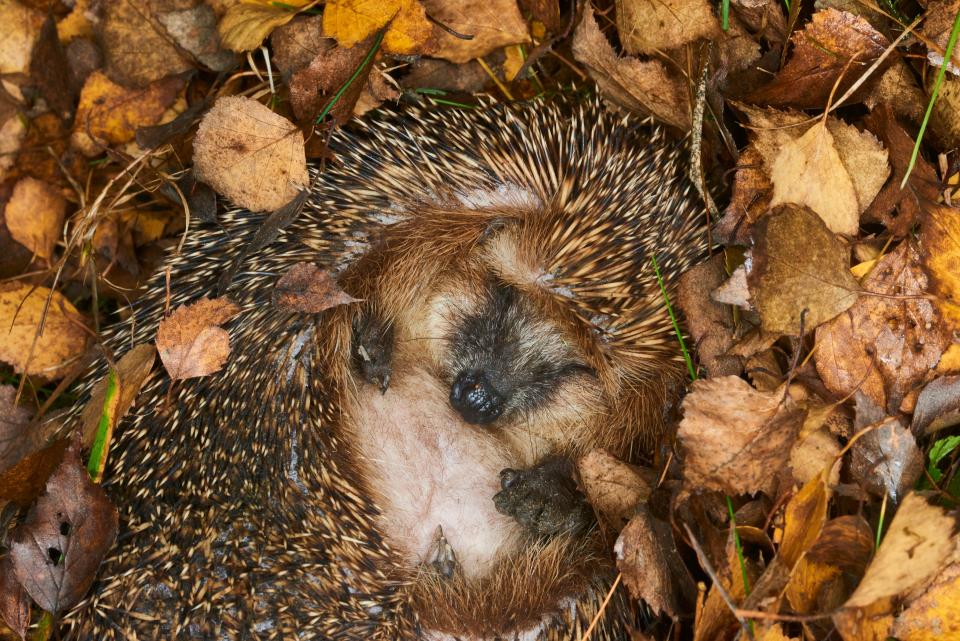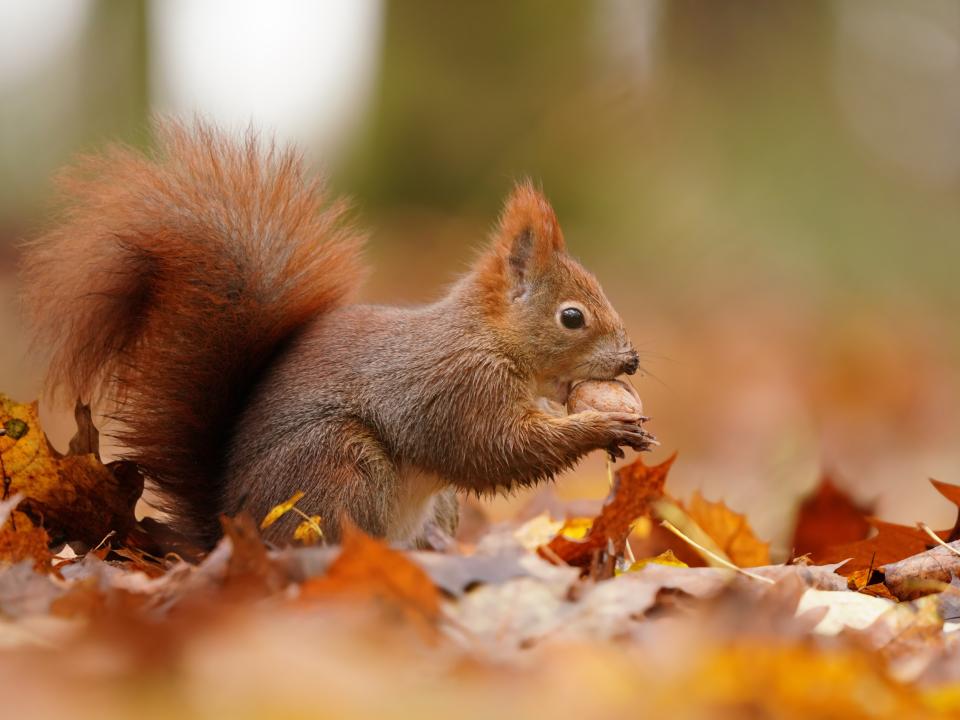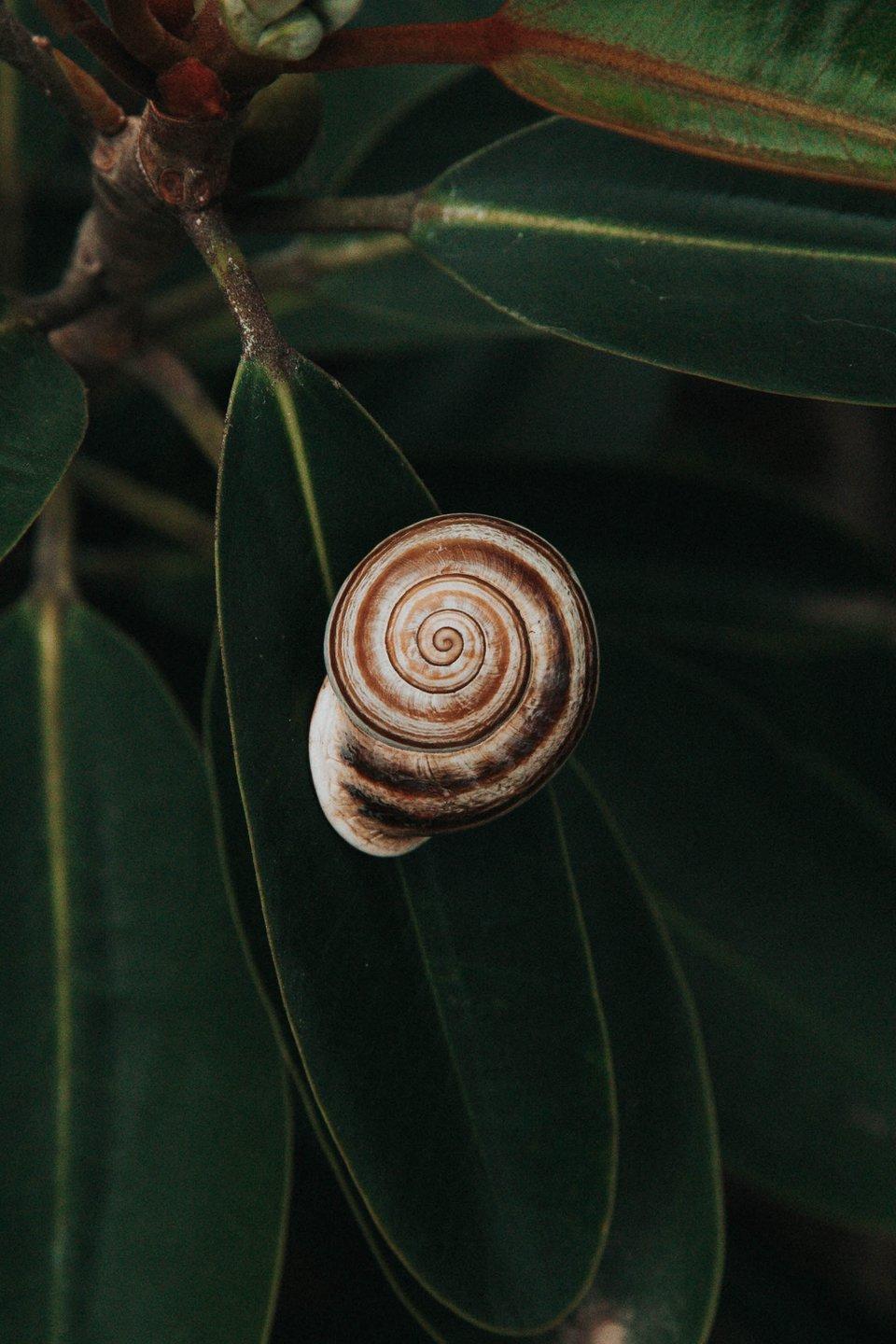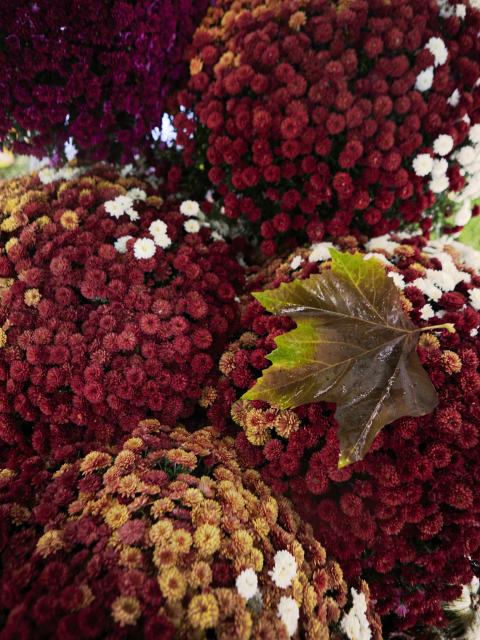how to look after garden birds in autumn and winter
Birds have more trouble finding food in autumn and winter. Here's how to help them thrive:
- You can buy ready-made fat balls to supplement bird food, but it's simple to make them yourself, and the birds will almost certainly think they taste better that way! Fat balls are high in calories, which helps birds maintain their body temperature.
- Fat balls aren't the only snack that birds love - check out how to make bird food from dried sunflowers quickly and easily.
- Place food for birds in different spots in your garden or on your balcony. Some species look for their food on the ground, while others prefer to eat from a feeder.
- Place a frost-resistant water bowl or water dish for birds to drink from. Change the water regularly and make sure it doesn't freeze.
- Provide shelter for birds on colder nights. You could hang a birdhouse in a sheltered spot, or plant low bushes for birds to take shelter under. If you already have a suitable spot, make sure it's clean and ready to welcome guests soon.
- Plant bushes such as rowan, holly, brambles, hawthorns and rosehips during autumn. Birds will eat the fruits in the autumn, shelter in the bushes during winter and nest there in spring.

how to look after bees in autumn and winter
Bees desperately need our help, and we need theirs. Winter is a crucial time for bees and bumblebees and it's essential they find enough food to survive through the cold months. Here's how you look after bees and other pollinators in autumn and winter:
- Choose plants that flower in autumn and that bees like, such as rosemary, snapdragon, sunflower, Dahlia and autumn aster.
- Ideally, choose several plants with different flowering times, to attract different types of bees (and other pollinators) for as long a period as possible.
- Hang a bee home in your garden or on your balcony. Bees seek a sheltered, warm place to hide and hibernate in winter. A special bee box or bee hotel provides a safe place to spend the winter.
- Help bees by leaving a layer of autumn leaves between your plants. The majority of bees nest in the ground to hibernate. Leaving foliage like this is also good for your garden, as leaves compost and form a nutritious protective layer for your plants.

how to look after butterflies in autumn and winter
In September and October, it gets colder and butterflies enter a dormant period. Most butterflies (such as atalanta and thistle butterfly) fly to southern Europe or North Africa, but there are also species that overwinter in colder countries, such as the small tortoiseshell and the peacock. Want to make your garden or balcony butterfly-friendly in autumn and winter? Here's how:
- Choose garden plants that attract butterflies. Butterfly-friendly plants that bloom in autumn include Hebe, Lavender, Autumn asters, Hemlock, Verbena, Catmint, Marjoram and Phlox.
- Choose plants with different flowering times to attract different species of butterflies to your space for as long as possible.
- Butterflies love nectar from plants, as well as rotting fruit. If you have the space and right location, such as a quiet spot at the bottom of your garden consider placing a bowl of rotting fruit or fruit scraps outside. Don't do this if it risks attracting ants, cockroaches or any other undesirable visitors to your home, however! No-one wants an infestation on their balcony.
- Help butterflies by hanging a butterfly box in a sheltered spot, out of the wind and rain. Fill the box with some dry leaves and twigs and voila: a hotel for butterflies!

how to care for garden insects in autumn and winter
The colder autumn and winter months are the perfect months to take extra care of insects in your garden or on your balcony. While there are some bugs that you may prefer not to encounter, it's important to remember that insects can be a natural enemy of pests such as lice and mites, and can act as biological control agents. Here's how to take care of insects in autumn and winter:
- Hang an insect hotel in a sheltered, sunny spot. Many insects (such as ladybirds, earwigs, flies, woodlice and wasps) like to hibernate and shelter in a sheltered spot. Hang the hotel at eye level so you can see the insects at work and so cats can't reach them as easily.
- Don't make your garden or balcony too neat, and provide natural hiding places. Insects often look for a hiding place under stones, piles of leaves and objects such as buckets, baskets, etc.

how to look after hedgehogs in autumn and winter
- Hedgehogs hibernate in winter, occasionally waking up to get something to eat or to exercise when their body temperature gets too low. Hedgehogs like to sleep in a sheltered place.
- Offer hedgehogs a nice place to sleep by leaving autumn leaves in borders. Heaped-up furniture, toppled buckets or baskets, etc. also provide a place for hedgehogs to sleep.
- You could place a hedgehog house in your garden and leave some twigs and leaves at the entrance for nesting.
- You may want to feed hedgehogs with hedgehog food in autumn. This will allow them to fill up before they start their winter hibernation. Note that you should never give hedgehogs food that isn't specifically designed for them, such as bread or milk, as this isn't healthy.

This is how to look after squirrels in autumn and winter
Squirrels are most likely to be spotted in wooded areas. In autumn, squirrels build up reserves for the winter. They collect nuts and seeds and hide them in the ground and in tree cavities so they can eat them in the winter months. You can help squirrels by providing extra food such as by hanging a squirrel feeder with squirrel food in your garden.
You can increase your chances of spotting squirrels by making your garden (and preferably your entire residential area) as green and wooded as possible with tall trees and shrubs. Need tips for greening your outdoor space? Check them out here and go from drab to green!
Unwanted animals in your garden
Hedgehogs, toads, salamanders, mice...before you know it, your garden feels like a zoo. If your efforts have attracted a few too many garden visitors, read about how to remove unwanted animals from your outdoor space here.
Snails in particular can be a frustrating visitor to deal with, as they tend to eat all of your lovely new plants. Here are six snail-friendly tips to lure them out of your garden.

More autumn inspiration
Discover how to prepare your garden for autumn, why autumn is the best season for planting and see classic autumn plants which will bring more colour to your garden or balcony.














